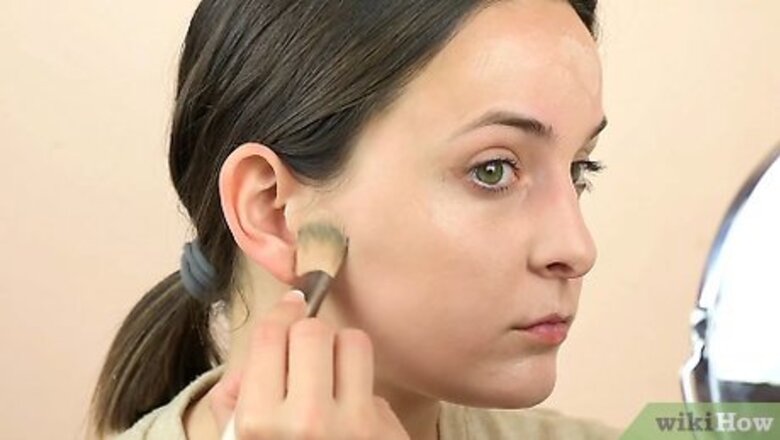
views
Nailing Down the Basics
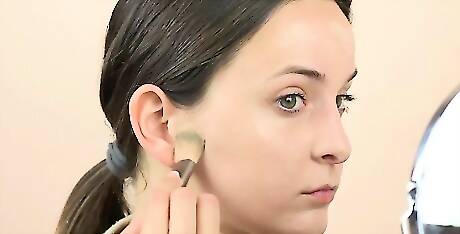
Apply your base before your blush. For the best results, you should first apply your foundation, then your concealer, your bronzer and then finally your blush. After applying your blush, you’ll put on your eyebrow makeup, eyeshadow, eyeliner, and finally mascara. It’s important to do this in order to make sure that your makeup looks balanced and stays where you apply it.
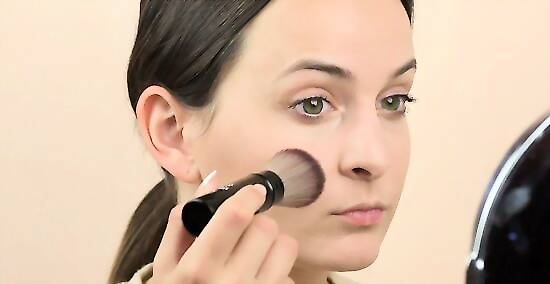
Lightly sweep your brush through your powdered blush. If you’re using a powder, lightly sweep a medium-sized fluffy brush through the blush and then tap it to remove any excess. Apply the blush to your cheeks and then use a separate clean brush to blend well. Brush downward at the end of blending to allow your facial hairs to lie smoothly on your skin's surface.
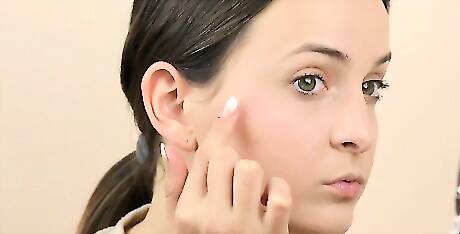
Dot and blend liquid blush with your finger. If you’re using a cream or gel, dab a little on your ring finger. Dot the color first, then use your finger or a makeup sponge to blend it in. For the most natural look, finish blending with a blush brush. Use a cream foundation if you’re using a cream blush for the best results.
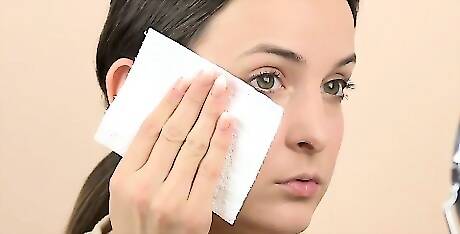
Blot excess with a tissue. Don’t soften your blush by going over it with a translucent powder because this can make your face color look dull. Instead, hold a tissue flat against your face and lightly and continually press a makeup sponge through it to your cheeks to remove a little powder. If you use cream blush, you can lightly dab your cheeks with just the tissue.
Complementing Your Face Shape with Blush
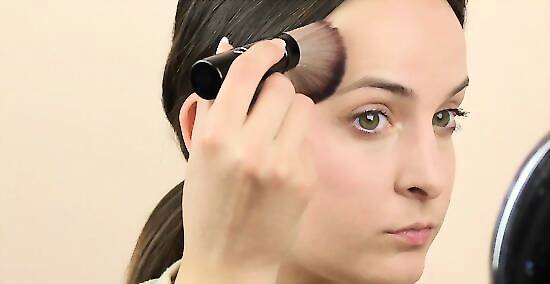
Apply blush to a heart-shaped face in a “C” shape. If your face is more heart-shaped, apply your blush in a curved line from the top of your temple down to your cheekbone. Apply the blush a little more softly on your temple and gradually increase pressure as you approach the cheekbone area.

Avoid the apples of your cheeks if your face is round. You can add more definition to your face if you suck in your cheeks and lightly sweep the blush brush in a line underneath your cheekbones. Don’t apply blush to the apples of your cheeks because this will make your face look more round.
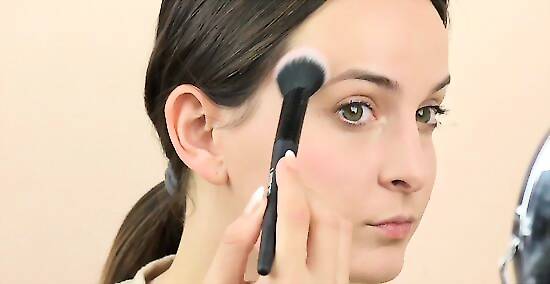
Go from the cheekbone to the temple if your face is more oval. Using soft strokes, move from the most prominent part of your cheekbone down towards the earlobe. Add a touch of blush just above the temple as well.
Apply blush in a circular motion if you have a square face. Apply your blush directly to the apples of your cheeks in a circular motion to soften angular features and also draw attention to the most round part of your face. Kevyn Aucoin Kevyn Aucoin, Make-Up Artist When applying blush, remember that less is often more. Start with a small amount of pigment tapped onto the apples of the cheeks using a large, fluffy brush. Slowly build color in thin layers, blending up towards the temples. Avoid applying blush too low or far back, which can make the face appear swollen.
Choosing a Blush

Buy a baby pink, peach, or sheer plum color if you’re fair-skinned. Light pink and peach tend to be the best on lighter skin because they are the most natural-looking blush colors. Anything sheer, especially plum, also works well on fair skin because it’s on the translucent side and not so overwhelming in contrast.
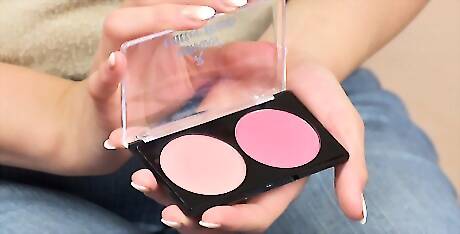
Use an apricot or mauve color if you have a medium skin tone. Apricot is great for adding a subtle warming effect to those with medium skin tones while mauve provides a more bold sense of depth.
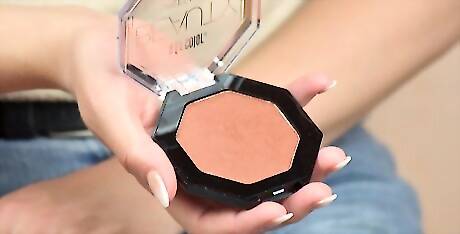
Get a rose or bronze-colored blush if you’re olive-skinned. Rose provides just the right delicate, natural flush for olive skin. Bronze blush adds a little warmth while also brightening.

Opt for raisin, brick, or bright tangerine if you have a dark complexion. Bold colors like raisin or brick highlight darker skin tones the best without looking too over-the-top. For a neutral look, try a bright tangerine blush.
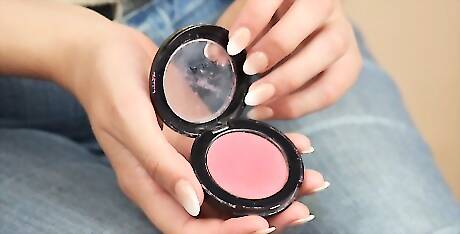
Use a powder blush if you have normal to oily skin. Powder blush is a good go-to because it works well on nearly all skin types, goes on silky, and leaves a matte finish. Also, powder blush is very likely to stay on and not need reapplication over longer periods of time.
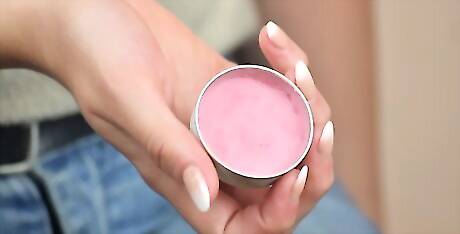
Go with a cream blush if you have dry or aging skin. Cream blush can hydrate your skin to keep it from looking too dry. It tends to look a little dewy when applied and feels very lightweight, which helps in providing a more authentic blush look.













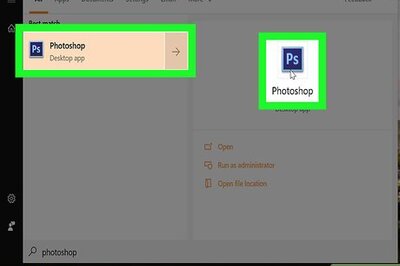






Comments
0 comment